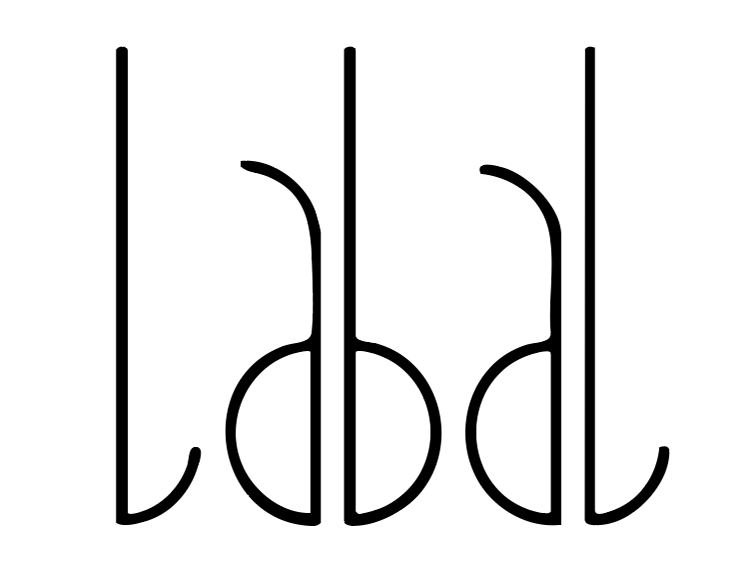ABSTRACT
As we journey into an increasingly virtual and intangible reality, is there an
opportunity for our tactile fabrics to journey with, and even reorient us? Can they
exist in our future worlds to remind us of the value of current traditional, low-tech
practices that we may soon forget?
Referencing the fundamental fabric languages of knitted and woven structures,
this collection of garments, that I term “Earthsuits,” embody the stages of
metamorphosis as we adjust to a new phase of our perceptive reality. With an
emphasis on circling, we loop through virtual squares like screens and pixels, to
the circles of the physical world—organic life cycles and saris.
Inspired by the transformation of the silkworm (from egg, through larva and
cocoon, to moth) and the long tradition of woven saris in India (a flat, five-meter
long rectangle wrapped around the body), I present these textile constructions as
portable, nomadic objects for a speculative future.
COLOR EXPLORATION
The project’s color palette draws inspiration from subtle shifts and contrasts within tones of white, ranging from natural to synthetic shades created through yarn wrappings. I was also inspired by earthy tones, pulled from vintage sari imagery and portrait photography captured on aged film.
Building on a class assignment, I deepened my exploration of color through a series of gouache paintings inspired by the words, “mood,” “movement,” “space,” and “composition.”




MATERIAL EXPLORATION
Silk, a testament to the ingenuity of small creatures, serves as a bridge between the world of the very small and the vast expanse of human culture. Within the context of my work, silk is where the story begins. It is the microscopic molecule that makes up the weaves of the Indian Kanchipuram Sari. Therefore, I studied silk production by housing a silk worm and microscopically photographing the process and the bio-material, silk.
EARTHSUITS
Inspired by the worm and its transformative processes—from egg,
through larva and cocoon, to moth—I aim to develop a collection
of garments that acts as portable and nomadic objects in their
various stages of transformation. My garments are sculptural
forms that converse between notions of fabric as a garment and
as a space, much like a silk sari engulfing a body form. These
“Earthsuits” ground, cohabit, and protect our bodies as we
transition into a new phase of our perceptive reality. Therefore, my
garments heighten texture and dimension as a way to distinguish
all the various textures, almost like a skin landscape. This piece
circles the square and transports us to the future, or rather, where
it all began.
In creating this capsule collection, the garments have exaggerated and satirical
shapes that mimic the traditional draping of a sari around the body. My goal was to
eliminate cutting altogether, focusing on constructing pieces solely through folding,
draping, and pleating of the fabric. This approach honors the integrity of the sari,
which is often composed of various joined pieces but is never cut.
Utilizing inflated forms allowed me to explore their transformative
potential, echoing the sari’s ability to undergo complete transformation.
EARTHSUIT OVUM
Look 1 is inspired by the first stage of the silkworm life cycle—the egg stage. Illustrating this stage, conceptually and artistically, I utilized circular inflated objects and a ribbed knit structure, with knits and purls, to develop transformative fabrics.







EARTHSUIT WORM
Look 2 is inspired by the second stage of the silkworm life cycle—the worm stage. Inspired by the individual sections of the worm’s body, this piece alternates between knits and woven fabric.






EARTHSUIT COCOON
Look 3 is inspired by the third stage of the silkworm life cycle—the cocoon stage. It is displayed as the most constricted, spacial, and sculptural. Made using an inflated form, this piece is reminiscent of transformation, to show a nomadic object in the state of development.






Using a timer device and an inflatable, I experimented with movement within the knits to augment contraction and relaxation, imitating breathing.
EARTHSUIT MOTH
Look 4 is inspired by the last stage of the silkworm life cycle—the moth stage. The transparency and emptiness demonstrate the once home, abandoned. Although this is a sentiment of melancholy, the white garment symbolizes a sense of purity and serenity, a completion of the transformative process and a return to nothingness. This material then transforms into fabric and silk that we use. This look is the most modular, wearable and practical, leading the wearer into utility and practicality.





For the final installation at the RISD Graduate Thesis Exhibition 2024, I planned for a 360-degree
view of the space, allowing people to walk around and interact individually with each garment. Placed in each corner of the
space in a square formation, I designed the layout so that people would eventually circle the square as they moved from one
garment to another.




















